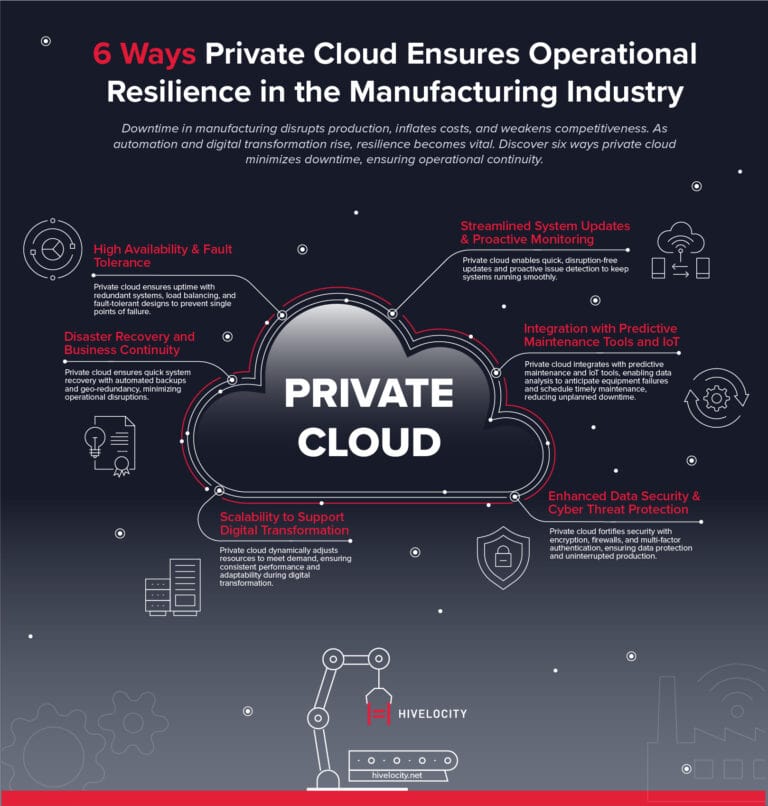
In the era of environmental consciousness, businesses are increasingly recognizing the need to align their operations with sustainability goals. Among the myriad of technological solutions available, enterprise cloud computing has emerged as a player in promoting, and supporting, environmental sustainability. This blog explores how enterprise cloud infrastructures can bolster sustainability efforts, examining their benefits, potential challenges, and practical strategies for implementation.
Understanding Enterprise Cloud and Sustainability
An enterprise cloud is a computing environment that offers the benefits of cloud computing but is dedicated exclusively to a single organization. This contrasts with public clouds, where resources are shared among multiple tenants. Enterprise clouds can be hosted on-premises or by a third-party provider, offering greater control, security, and customization.
Sustainability in business refers to practices that reduce environmental impact, enhance resource efficiency, and contribute to a more sustainable future. In the context of IT, this often involves reducing energy consumption, minimizing e-waste, and optimizing resource use.
How Enterprise Cloud Supports Sustainability Goals
1. Enhanced Energy Efficiency
One of the primary ways enterprise clouds contribute to sustainability is through improved energy efficiency. Traditional data centers can be energy-intensive, with older hardware often operating at less-than-optimal efficiency. Enterprise cloud environments typically leverage advanced technologies and optimized infrastructure that reduce energy consumption.
- Efficient Hardware Utilization: Enterprise clouds often use state-of-the-art hardware and virtualization technologies that maximize the efficiency of computing resources. Virtualization allows multiple virtual machines to run on a single physical server, leading to better utilization of resources and reduced power consumption.
- Optimized Data Management: With enterprise cloud solutions, organizations can implement data management practices that minimize redundancy and optimize storage, which in turn reduces the energy required for data processing and storage.
2. Reduction in Carbon Footprint
By adopting an enterprise cloud, organizations can significantly lower their carbon footprint. Here’s how:
- Renewable Energy Sources: Many enterprise cloud providers are committed to using renewable energy sources. By choosing a provider that prioritizes green energy, organizations can reduce their reliance on fossil fuels and decrease their overall carbon emissions.
- Efficient Cooling Systems: Modern enterprise cloud data centers often employ advanced cooling technologies that reduce energy consumption compared to traditional cooling systems. Techniques such as free cooling, where outside air is used to cool data centers, further lower the carbon footprint.
3. Extended Hardware Lifecycle
Enterprise clouds often extend the lifecycle of IT hardware through efficient resource management and regular maintenance. This longevity helps in reducing e-waste, as fewer replacements are needed over time.
- Lifecycle Management: With enterprise clouds, organizations can manage and monitor hardware more effectively, ensuring that equipment is used to its full potential before being replaced or recycled.
- Refurbishment and Recycling: Many enterprise cloud providers engage in practices that support hardware refurbishment and recycling, thus minimizing electronic waste and its environmental impact.
4. Scalability and Resource Optimization
Enterprise clouds provide scalable resources that can be adjusted according to demand, preventing over-provisioning and underutilization.
- On-Demand Resources: Organizations can scale resources up or down based on their needs, ensuring that energy and computing power are only used when necessary. This dynamic resource allocation helps in avoiding wasted energy and optimizing overall efficiency.
- Improved Load Balancing: Advanced load-balancing techniques in enterprise clouds ensure that computing resources are distributed efficiently, further enhancing energy utilization and reducing unnecessary power consumption.
4. Scalability and Resource Optimization
Enterprise clouds provide scalable resources that can be adjusted according to demand, preventing over-provisioning and underutilization.
- On-Demand Resources: Organizations can scale resources up or down based on their needs, ensuring that energy and computing power are only used when necessary. This dynamic resource allocation helps in avoiding wasted energy and optimizing overall efficiency.
- Improved Load Balancing: Advanced load-balancing techniques in enterprise clouds ensure that computing resources are distributed efficiently, further enhancing energy utilization and reducing unnecessary power consumption.
5. Support for Remote Work
The rise of remote work has significant implications for sustainability. Enterprise clouds facilitate remote work by providing secure, reliable access to data and applications from any location.
- Reduced Commuting: By supporting remote work, enterprise clouds contribute to reducing employee commutes, thereby lowering overall transportation-related carbon emissions.
- Centralized Resources: Centralizing computing resources in an enterprise cloud reduces the need for multiple, distributed data centers, leading to more efficient use of resources and reduced environmental impact.
3 Challenges and Considerations
- Initial Investment: Implementing an enterprise cloud can require a substantial initial investment in infrastructure and technology. Organizations must weigh this upfront cost against long-term sustainability benefits.
- Energy Consumption of Data Centers: While enterprise clouds can be more efficient than traditional data centers, the energy consumption of data centers remains a concern. It is essential to choose providers and technologies that prioritize energy efficiency and sustainability.
- Provider’s Sustainability Practices: If opting for a third-party enterprise cloud provider, it’s crucial to assess their sustainability practices. Ensuring that the provider adheres to green practices can significantly impact the overall sustainability benefits of the enterprise cloud.
Supporting Sustainability
Enterprise cloud computing presents a powerful opportunity for organizations to advance their sustainability goals. By improving energy efficiency, reducing carbon footprints, extending hardware lifecycles, and supporting remote work, enterprise clouds contribute to a greener, more sustainable future. While challenges exist, thoughtful implementation and strategic partnerships can amplify the environmental benefits of enterprise cloud technologies, aligning IT operations with broader sustainability objectives.


